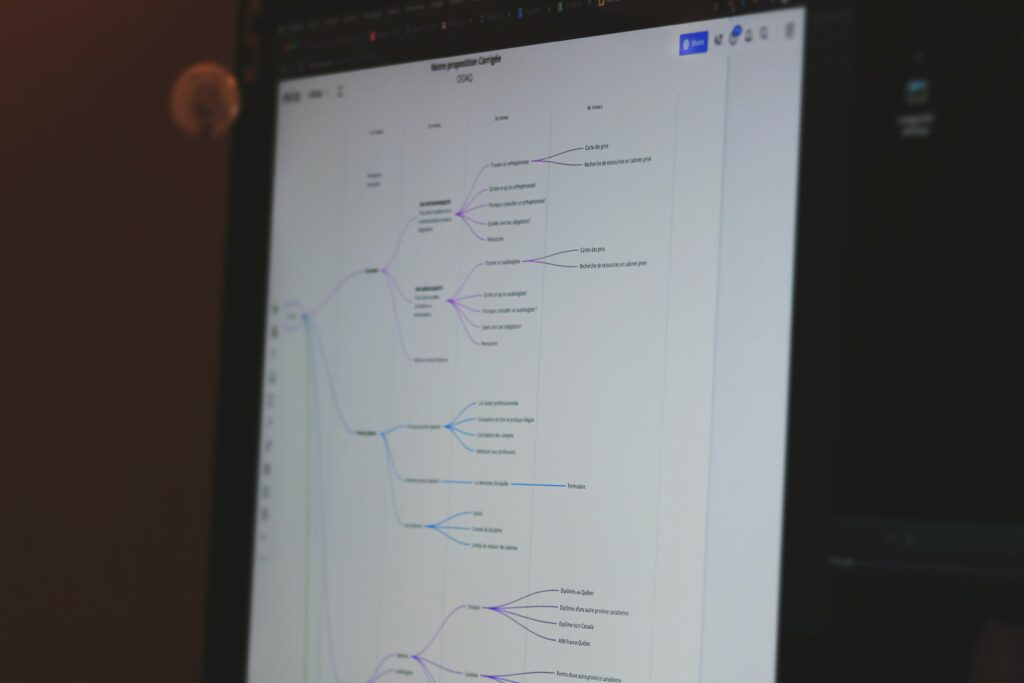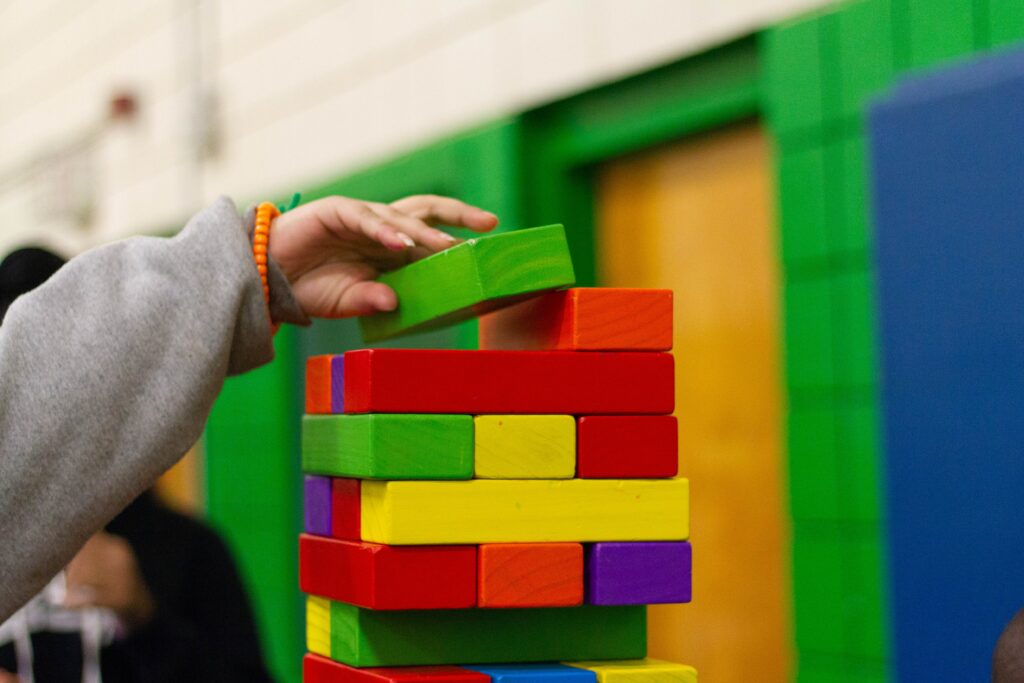
From my past learning experiences, I can identify the constructivist approach adopted by my teachers when they asked me to draw my own mind maps summarizing what I have learned. It also involves characteristics of active learning since it requires my individual reflective work putting down what I have understood from class. Moreover, I have been assigned with groups and created our group mind map for a certain topic and brought it to the whole class with other groups’ maps focusing on different topics. I can now identify that it is a socio-constructivist teaching methodology which engages others’ participation in one’s learning process, aiming to achieve individual deep learning outcomes with interactive activities within a collective context. As teachers are encouraged to know their students and the larger learning environment, I can understand why this approach is currently dominant for it brings in the contextual interactive characteristics for both students and teachers, actively creating and maintaining a learning environment.
Apart from mind maps, characteristics of gamification can also be found based on my experiences. Again, my teachers will separate the class into different groups and let students score points by answering quick questions, and the winner will get bonuses (usually candies). It is not game-based learning since it only adopted a point system to visualize and promote students’ performances, while no game context or role-playing is required. This type of in class activities contains elements of gamification, but it is not GBL in essence.

One thing that I used to misunderstand was “the idea that people have different primary learning styles” (Kamenetz, 2017). Like what I have mentioned about socio-constructivism above, this idea is also context-based. For example, I cannot solely base on visual ways to learn a Mozart’s piece. In addition, I think it has a similar implication compares to neuromyth #3, which classified learning into specific sensory types – individual thinking and understanding process while learning in different ways. Thus, simply attributing the learning outcomes to ways of learning can be rather arbitrary.
References
Falciani, L. (July 2, 2020). Game-Based Learning: What Is It? GBL vs Gamification: Types and Benefits. Retrieved from: https://www.teacheracademy.eu/blog/game-based-learning/
Kamenetz, A. (March 22, 2017). You Probably Believe Some Learning Myths: Take Our Quiz To Find Out. Retrieved from: https://www.npr.org/sections/ed/2017/03/22/520843457/you-probably-believe-some-learning-myths-take-our-quiz-to-find-out
Leave a Reply
You must be logged in to post a comment.